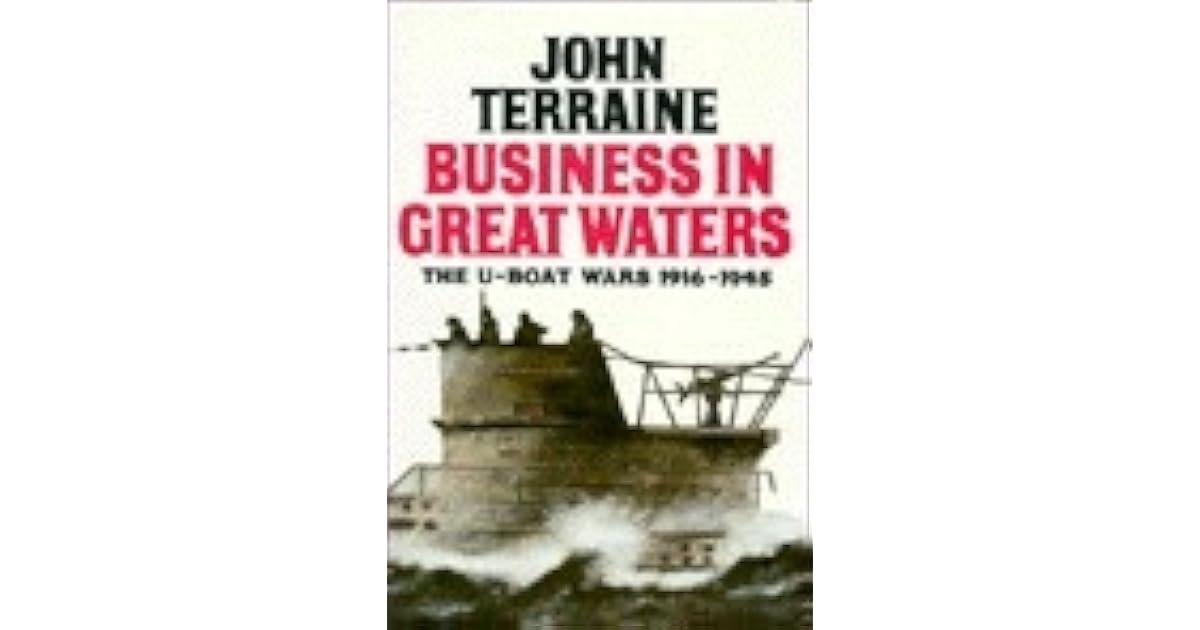Not an option for Britain as it was so close to enemy held shores.
The demise of Britain's many military airships, transferred from the RNAS to the RAF in 1918 was more prosaic, because of accidents involving the destruction of airships and personnel, and because airships are expensive, especially in peacetime when the country is recovering from a devastating war that killed millions and consumed lots'a money. Following the loss of the big rigid airship R.38, built for the US Navy as ZR-2 in 1921, the RAF lost the taste for airship operations and military airships were destroyed and the many sheds and bases around the country were scrapped. During the war, the RNAS had more than 200 non-rigids (around 100 at any given time, though, given replacement of early designs, accidental deflations, losses in service etc), one semi-rigid and a handful of rigids, so it had a huge amount of experience in maritime patrol and sub hunting as well as working with the fleet using wireless to determine the whereabouts of targets. Most of that disappeared, but those who remained in the RAF postwar from that core of experience from the RNAS days went to the flying boat squadrons.
Was an interwar concept of the merchantman converted CVE too outlandish?
Nope, the admiralty had considered the idea during the Great War, but for offensive purposes, launching torpedo carrying aircraft against the High Seas Fleet, but the idea was quashed because with the escalated German U boat offensive in 1917 the need for merchant ships rose beyond a vanity project to sink battleships, regardless of how insightful at the time. After the end of the war the number of hulls the navy had was drastically reduced, the majority of those battleships and battlecruisers built before and a little during the war were scrapped. The thought of converting hulls into carriers was definitely considered, even before the end of the war, the Courgeous Class were earmarked for carrier conversion before the end of the war for the same reason as the cruiser Vindictive (and the Furious on the production line) was converted into a hybrid carrier, that was to provide even greater number of aircraft carrying ships. During the latter year of the war, no less than 29 capital warships carried aircraft, not including seaplane tenders and cruisers with turret platforms. The end of the war resulted in a huge loss of available hulls for aircraft carriage. All the surviving capital ships in the navy during the 20s and 30s carried aircraft though, continuing the trend, if on a little more reduced scale.
All of this was thrown away between the wars and much of it had to be relearned.
Very true. Peacetime is a harsh mistress. The RAF flying boat squadrons spent a lot of time swanning about looking for all the world like HMS Victory doing circuits, but carried out long distance flights around the world, publicly as flag waving measures but operationally to practise long endurance flying. They were still using the same techniques to detect submarines as their Great War predecessors - the RNAS had land based maritime patrol aircraft in the form of the Blackburn Kangaroo, as well as the airships and flying boats. This was using the good old Mark One Eyeball, the idea being to radio/wireless co-ordinates of the submarine to warships nearby, which would speed in to attack, finding the sub with the help of the aircraft circling above having dropped flares and markers and bombs into the water.
The value of aircraft was that the submarines could see them coming and would have to crash dive, which meant they would be foiled in making a torpedo attack. The majority of attacks were made from the surface; as the submarine was faster and could manoeuvre easier on the surface, whereas underwater they were much slower, which restricted their manoeuvring into position, thus making them less accurate underwater. The submarines of the day were very slow underwater, around 4 to 8 kts, which made them a sitting target if spotted. They couldn't stay underwater for that long either. The RNAS didn't have a high submarine kill number during the Great War but the deterrent factor of airships proved valuable because they forced submarines to dive. During the Great War German U boat commanders were told that as soon as an aircraft appeared, to dive to evade them. Airships and aeroplanes could linger for a long time and the risk of firing a torpedo would give away the sub's location, so submarine attacks from underwater were rarely, if ever made after aircraft had been sighted. The risk was too great.
Until the Germans get driven out of the costal areas the mid Atlantic hunting zone is not a a large concern.
Yup, and a big advantage for the British in that early stage of the war was Germany's miserable torpedoes. The British were extremely fortunate for that.
As an aside, the poor Avro Anson doesn't get much love round here, because let's face it, it was obsolescent if not obsolete even by 1939, but the alternative was worse; de Havilland designed a maritime patrol variant of the DH.89 Dragon Rapide to compete for the specification for a land-based general reconnaissance aircraft, which would have been even more antiquated by the war's beginning. The Aussies bought more than 1,000 Anson Mk.Is, the majority used for training, but also maritime patrol. At least the RAF had land-based torpedo aircraft between the wars, in the Hawker Horsely and Vickers Vildebeest for coastal defence.
Last edited:




